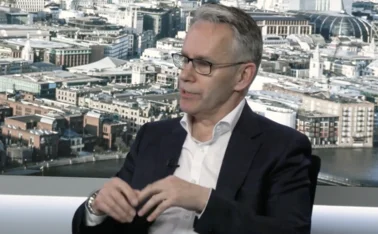
Spotlight on periodical payment orders: How do insurers manage PPO risks?

Introduced in April 2005, periodical payment orders might not have grown in the volumes some expected, but still pose challenges for general insurers not least due to their similarity to longevity life risks. Post spoke to both insurers and other interested parties to find out how PPOs are being managed in 2022, and what the future might hold for how these claims are handled.
Are periodical payment orders turning general insurers into composites holding both general and life insurance risks? Would it be better for general insurers to ‘transfer’ these risks to life insurersOnly users who have a paid subscription or are part of a corporate subscription are able to print or copy content.
To access these options, along with all other subscription benefits, please contact info@postonline.co.uk or view our subscription options here: https://subscriptions.postonline.co.uk/subscribe
You are currently unable to print this content. Please contact info@postonline.co.uk to find out more.
You are currently unable to copy this content. Please contact info@postonline.co.uk to find out more.
Copyright Infopro Digital Limited. All rights reserved.
As outlined in our terms and conditions, https://www.infopro-digital.com/terms-and-conditions/subscriptions/ (point 2.4), printing is limited to a single copy.
If you would like to purchase additional rights please email info@postonline.co.uk
Copyright Infopro Digital Limited. All rights reserved.
You may share this content using our article tools. As outlined in our terms and conditions, https://www.infopro-digital.com/terms-and-conditions/subscriptions/ (clause 2.4), an Authorised User may only make one copy of the materials for their own personal use. You must also comply with the restrictions in clause 2.5.
If you would like to purchase additional rights please email info@postonline.co.uk









